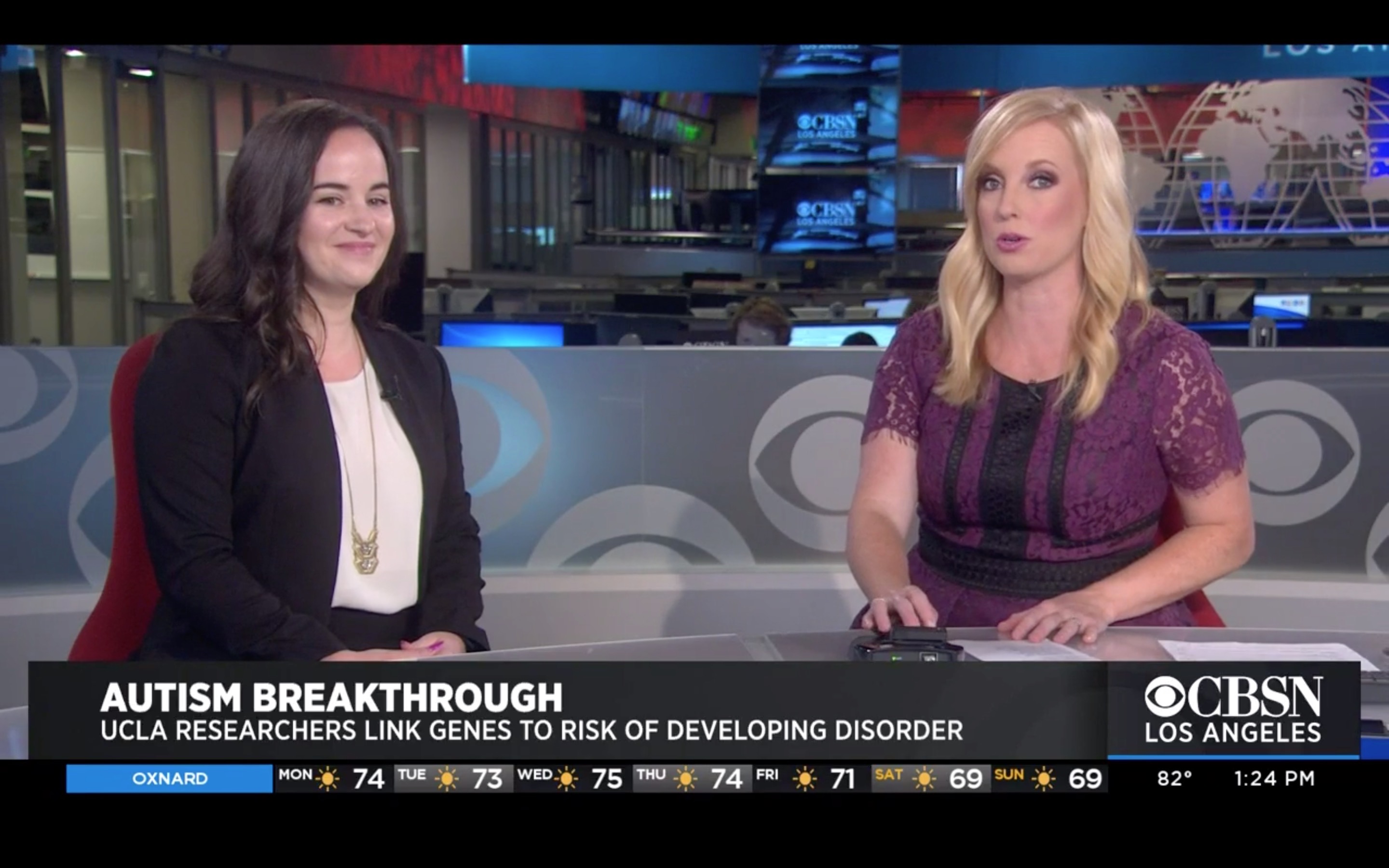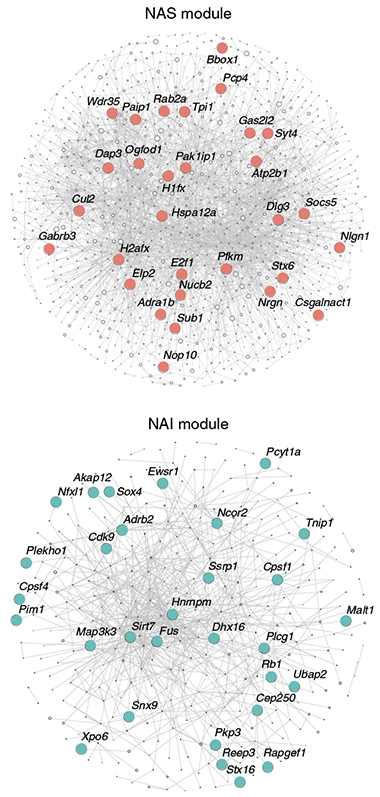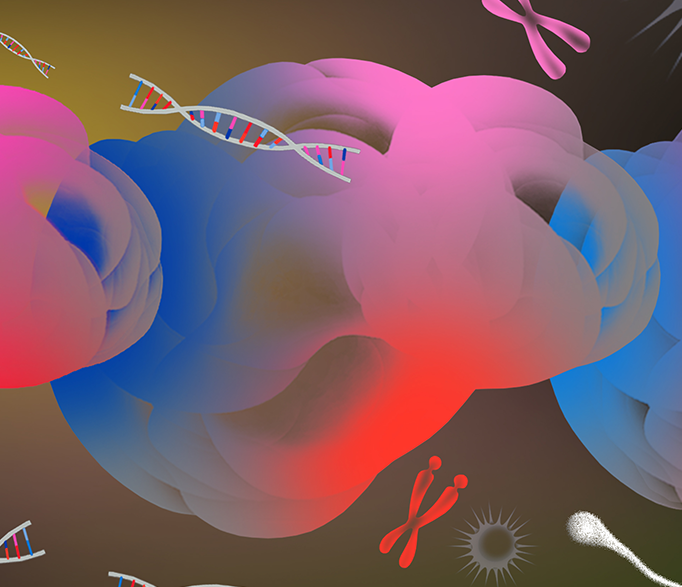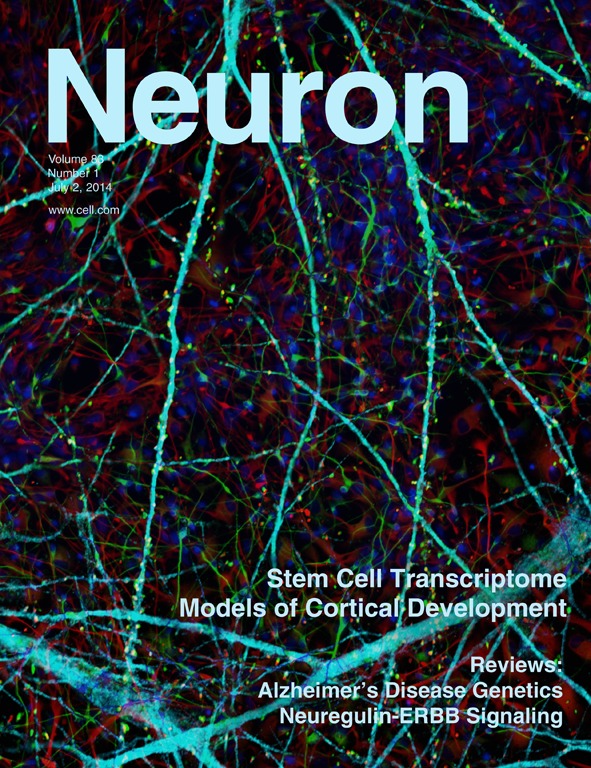
Elizabeth Ruzzo talks about our work identifying more than a dozen new autism risk genes and related research on CBS LA.
Cell, August 2019: Inherited and De Novo Genetic Risk for Autism Impacts Shared Networks.
We perform a comprehensive assessment of rare inherited variation in autism specturm disorder by analyzing whole-genome sequences of 2308 individuals from families with affected children, implicating 69 total and 16 new ASD risk genes.
Check out the newsroom release as well.

Our PsychENCODE publications in Science Magazine are organized around the themes of functional genomics in the developing and adult brain along with examinations of psychiatric disorders.

ALZForum reports on our publication in Nature Medicine, where our lab identified two key networks of dysregulated genes — one in neurons, the other in glia — in multiple animal models of frontotemporal dementia (FTD) and Alzheimer’s disease.
 Knowable Magazine featured our paper The Emerging Picture of Autism Spectrum Disorder: Genetics and Pathology.
Knowable Magazine featured our paper The Emerging Picture of Autism Spectrum Disorder: Genetics and Pathology.
Our paper in Neuron (A Quantitative Framework to Evaluate Modeling of Cortical Development by Neural Stem Cells) highlights key differences between widely used stem cell models and in vivo brains.